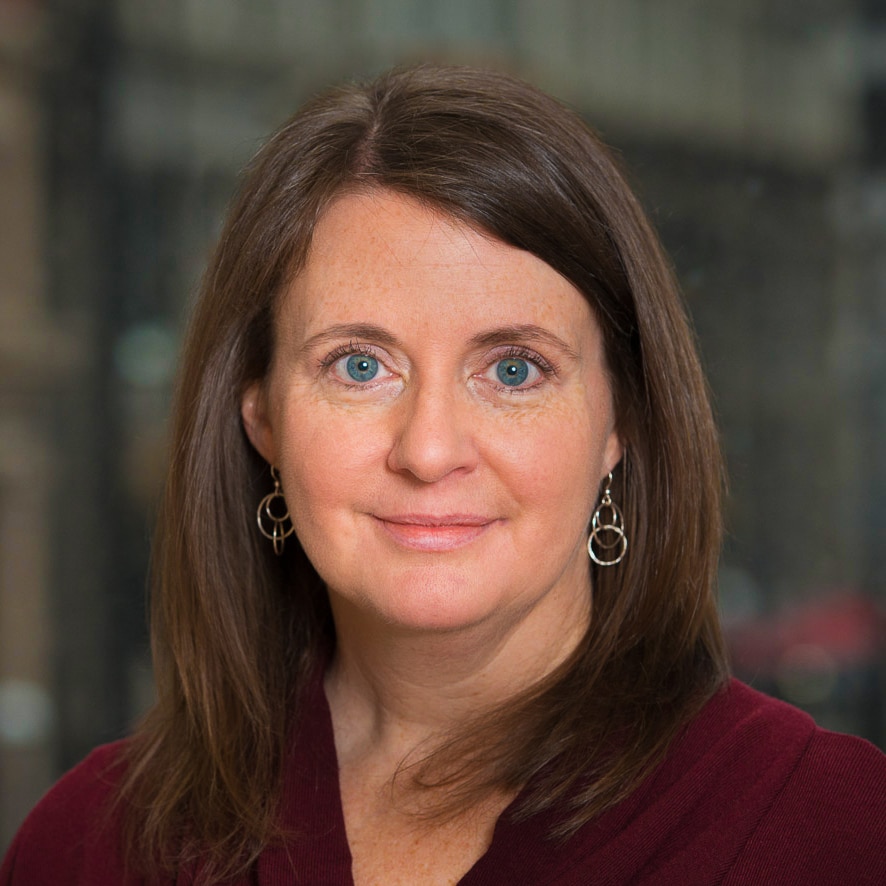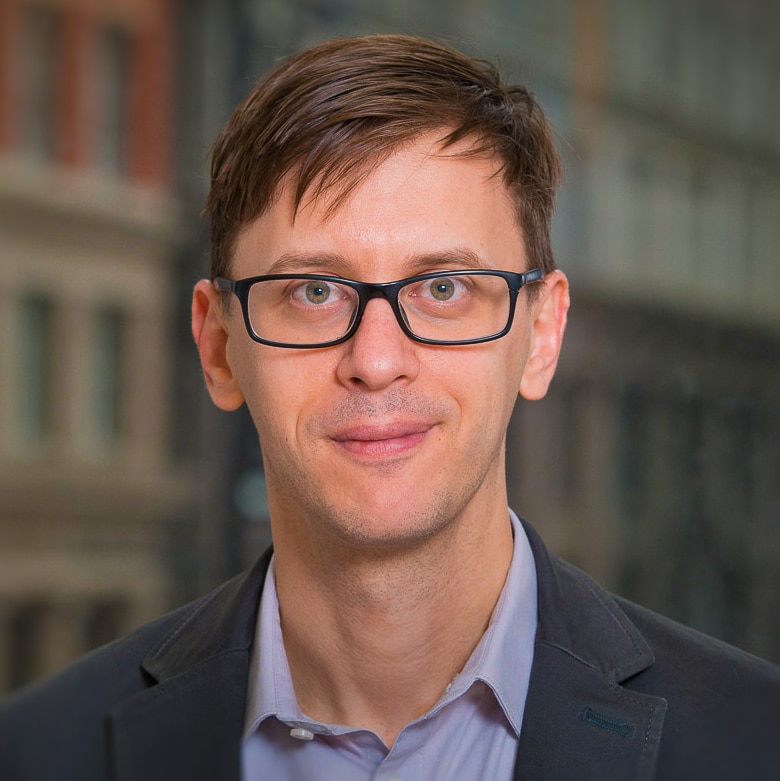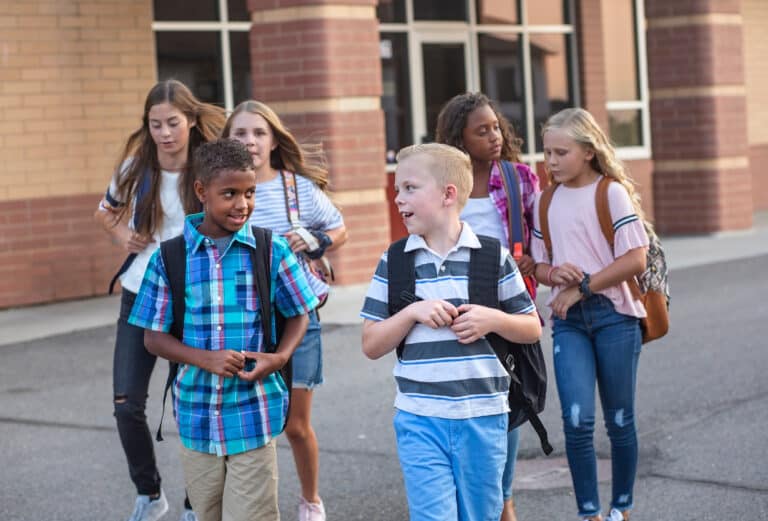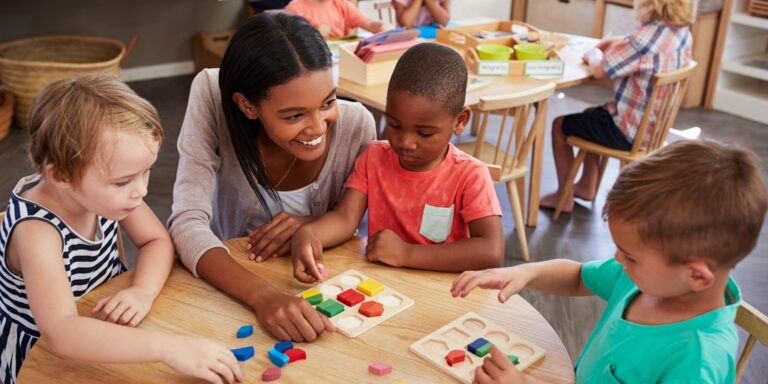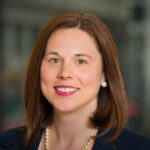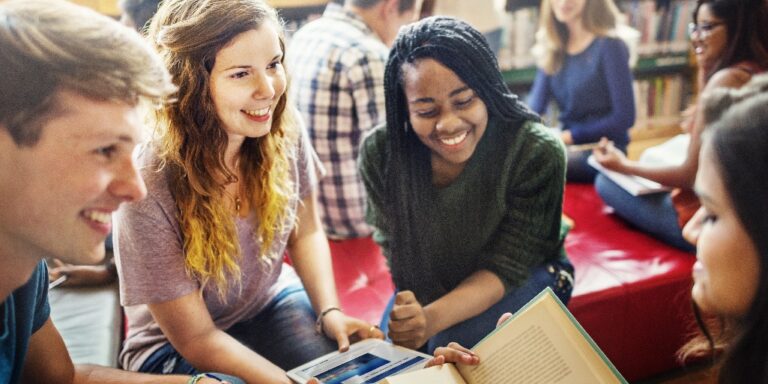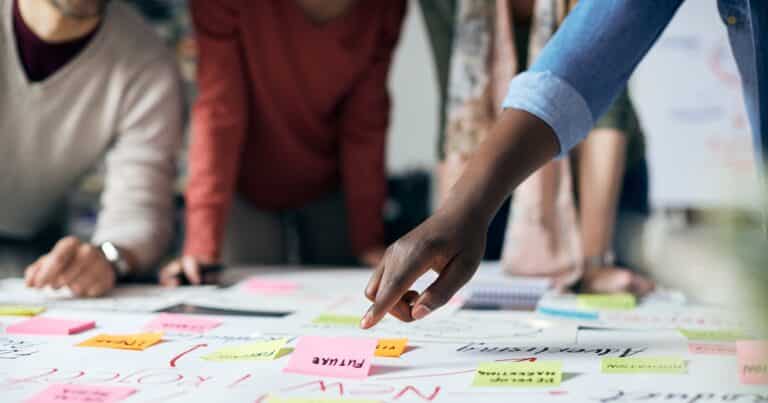In 2012, a KnowledgeWorks forecast considered what future learning ecosystems might look like if education constituents reexamined the traditional assumptions, models and relationships in education. It asked where teaching and learning might take place and which individuals and organizations might come to be a part of what we think of as schooling.

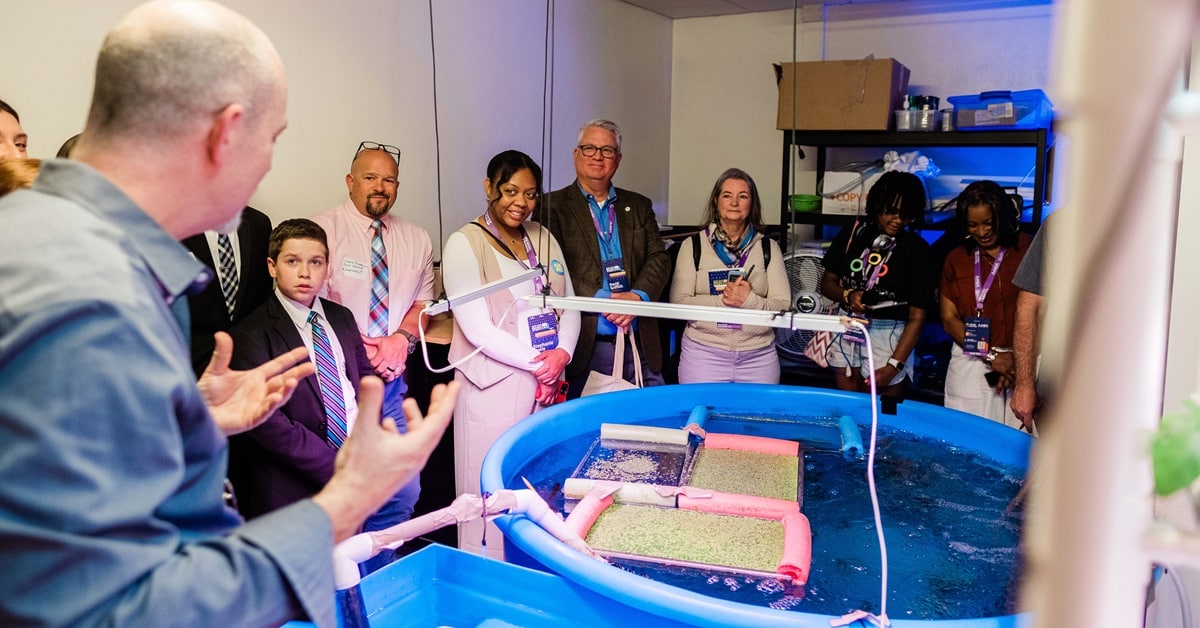
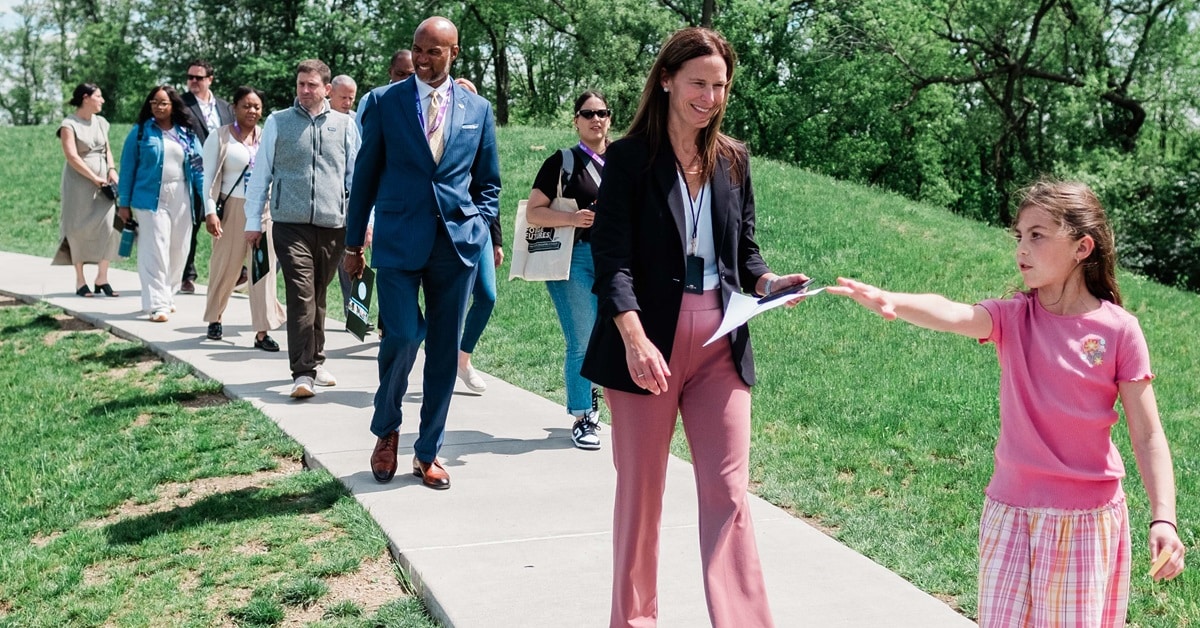
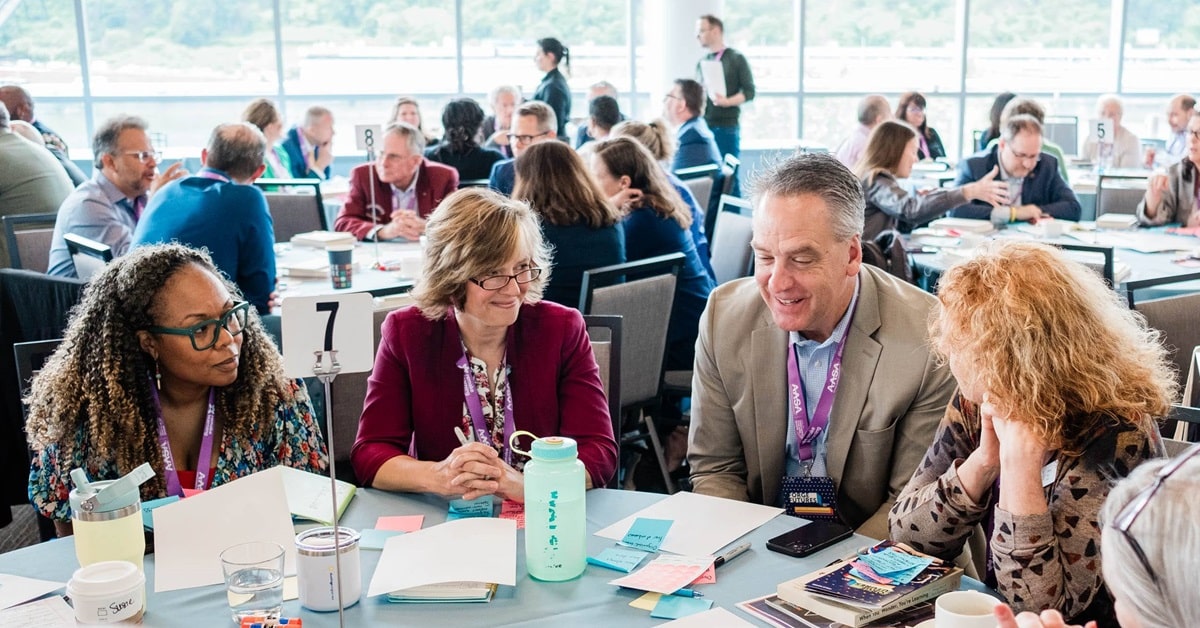
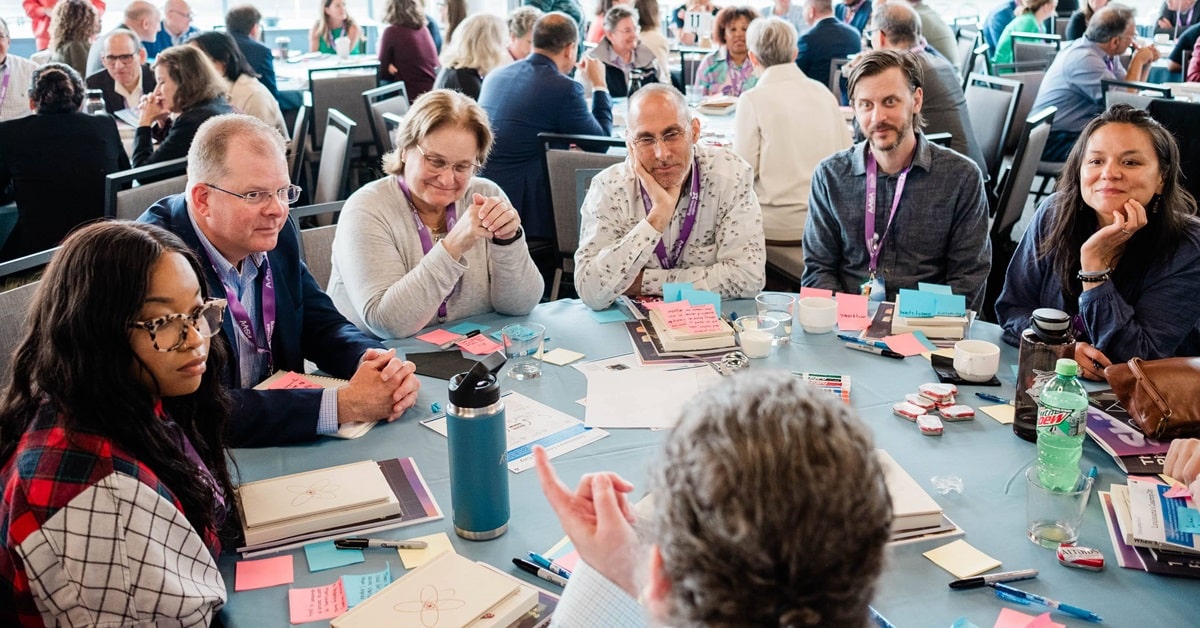
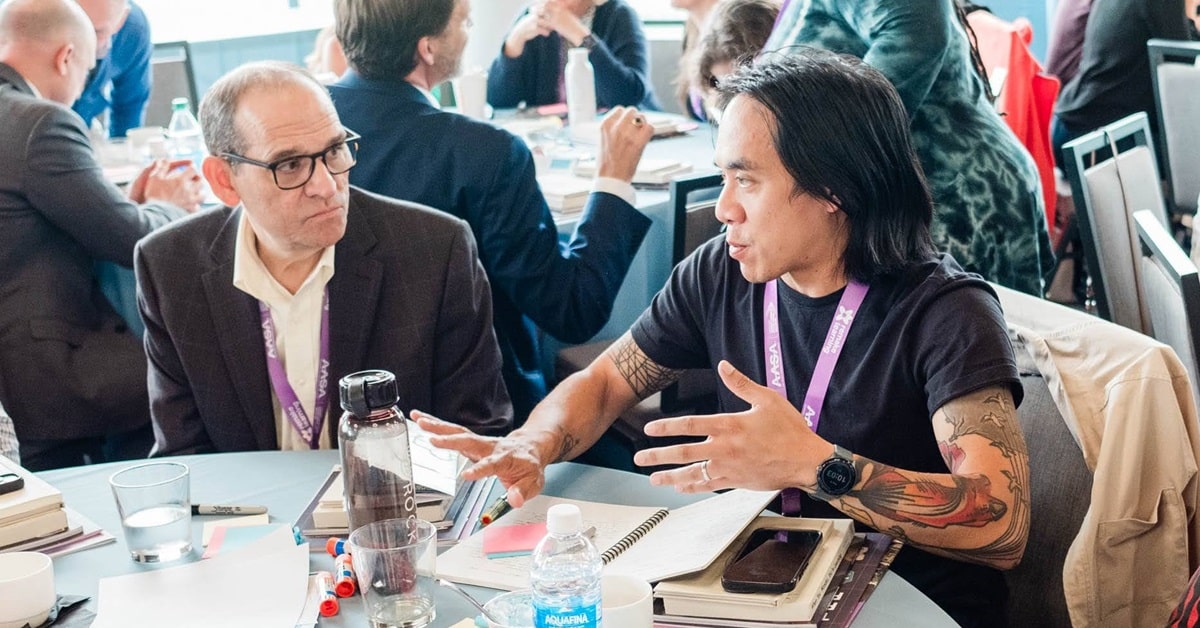
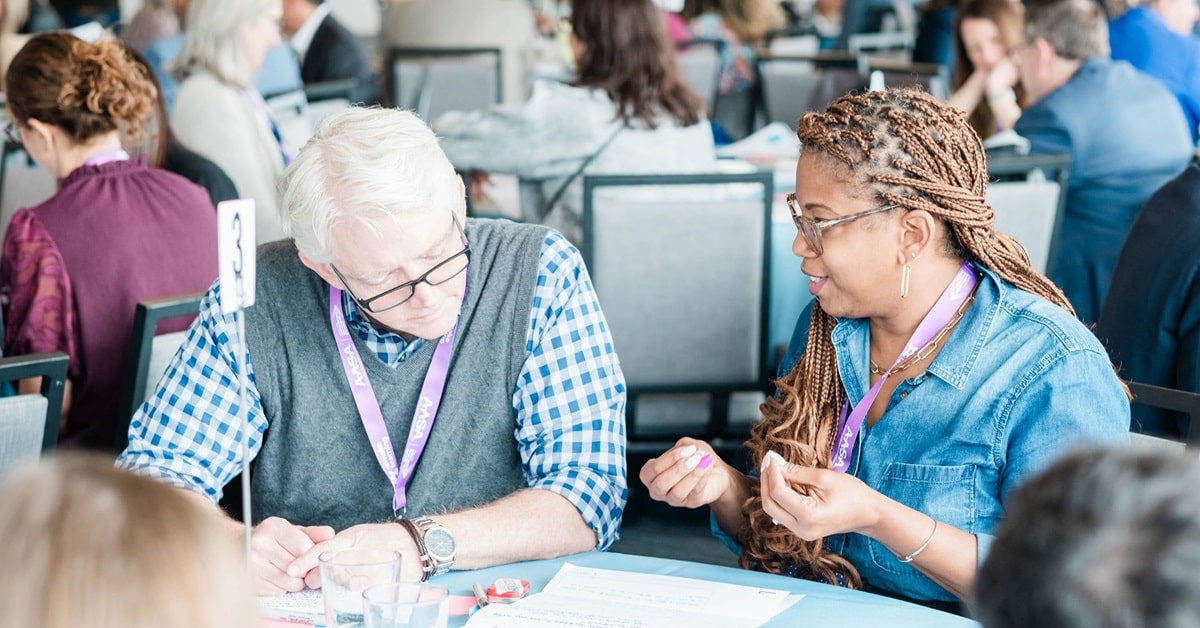
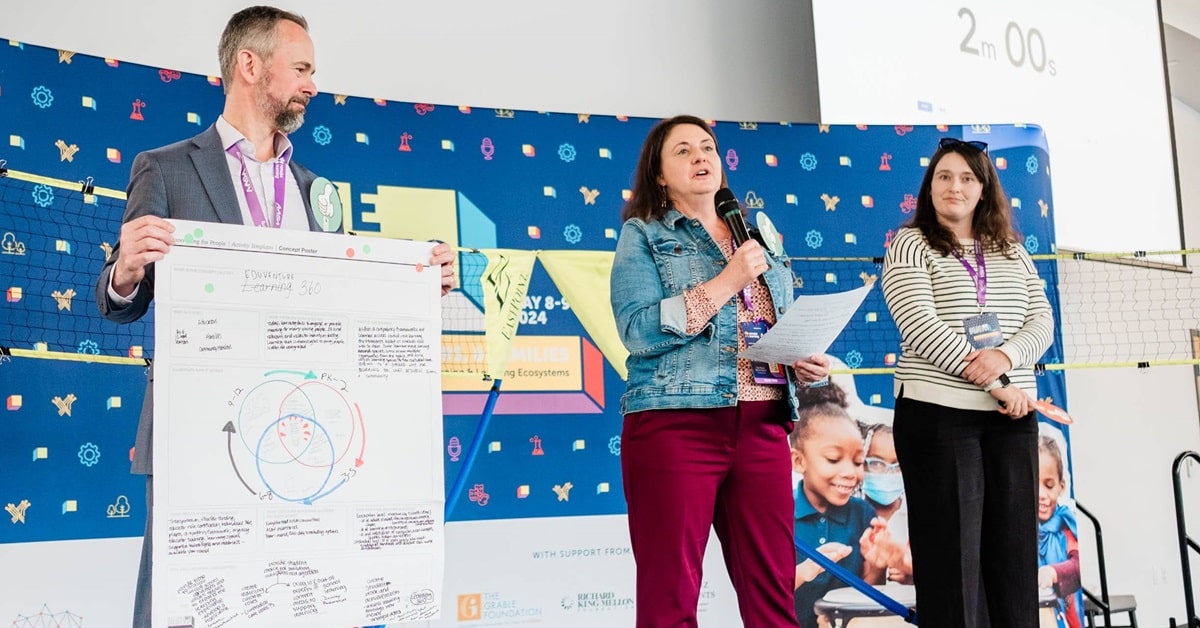
On May 7-9, 2024 Remake Learning and AASA (the School Superintendents Association) brought together educational leaders from across the world in Pittsburgh, PA to author the next chapter of public education together.
Photos: Ben Filio for Remake Learning
At Forge Futures for Youth, Educators, & Families, a national summit on community-wide learning in Pittsburgh, Pennsylvania, we witnessed those ideas being brought to life.
Hosted at a variety of community locations, the conversation embodied the idea of community-wide learning from the start. Over the course of three days, participants worked to imagine aspirational futures, participated in action research and experiential learning across the region and engaged in ideation and prototyping around how best to realize our shared aspirations for the futures of community-wide learning ecosystems. Because of the nature of the learning ecosystem in Pittsburgh, our ideas weren’t just abstract. We had real-world examples to consider and challenge us.
With perspectives ranging from regional to international and partners including Remake Learning, Digital Promise, and the Global Education Leadership Partnership (GELP), along with KnowledgeWorks, participants were asked to consider what could happen if learning systems were organized as a ecosystems. According to three future-oriented models developed by GELP, learning ecosystems might offer 24/7 learning opportunities, provide resources to help people and places overcome extreme adversity or even center learning as a city’s main organizing principal.
At Duquesne City Schools, we witnessed how the district had overcome severe constraints by reimagining the boundaries of learning. Due to a shrinking student population, they had had to close schools. But they had also learned to leverage grant funding, bring in teaching artists and explore possibilities for personalized learning to better serve their learners with a more flexible approach. We spoke with elementary-age students who have a lot of voice and choice in driving their own learning.
At MCG Youth, we observed youth arts programming that aims to foster a sense of belonging, interconnectedness and hope. It supplements school-based learning with apprenticeships for high school students and an Alternative Day School program for underserved students.
At Carnegie Mellon Robotics Academy, we got a glimpse of how the university translates research into next generation robotics into outreach for K-12 schools, helping STEM teachers prepare to implement robotics programs while surrounded by real-world projects and robotics innovation. The center also develops research-based curriculum that teachers can use to help students develop STEM skills and workforce training programs can use to stay up to date as the pace of technological innovation increases.
At Seneca Valley School District and Butler Area School District, we had the opportunity to see how two learning communities that had started with different constraints had both made their approaches to teaching and learning more personalized and flexible by connecting with resources and assets in their communities. Seneca Valley School District had partnered with Cannon Design and the Children’s Museum of Pittsburgh to design a beautiful new facility that was inspiring educators to change their practice. Butler Area School District had opened the walls of its existing school buildings, cultivating community partnerships and inviting educators to create focal points for its elementary schools. For example, Emily Brittain BOOST, a community partnership and demonstration school, fosters a culture of support for all students and emphasizes real-life learning experiences; and Northwest, Wonders of Work, provides exposure to various careers and helps students learn their aspirations and interests by discovering careers and fields of study that are likely to inspire them.
The examples mentioned above highlight how ecosystems can support community-wide learning by leveraging community assets to co-design approaches and forge cross sector partnerships that change how and where teaching and learning happen and extend opportunities for students and educators to engage in rich, real-world learning.
For three days, Forge Futures participants had the privilege of dreaming into the future, drawing upon examples of education innovation from across the greater Pittsburgh region to help us expand our sense of possibility. By engaging with future possibilities, we laid the groundwork for intentional design for the future of learning.
Thinking about change and the future can be hard. People often need tangible experiences and objects to help inform their thinking and help spark their imagination. Forge Futures provided a great venue for participants to see tangible examples of the future embedded in the present. Those examples helped them think through how the future might be different and, more critically, informed plans to make preferred futures come to life. How might you use the future to inspire your own changemaking efforts?
